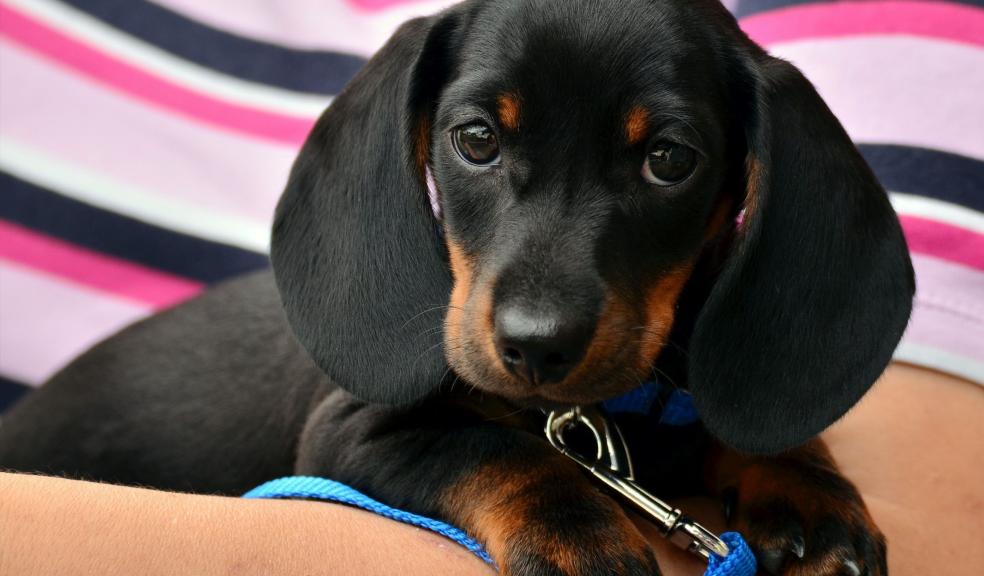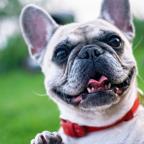
Research finds disc herniation is higher in Dachshunds compared with Basset Hounds
New research, assessing canine cases at two CVS’ referral hospitals, has found a significantly higher incidence of thoracolumbar invertebral disc extrusions (IVDE) – also known as disc herniation - in Dachshunds, compared with Basset Hounds.
The researchers hope that the differences found in the Incidence and clinical characterisation of thoracolumbar intervertebral disc extrusions in Basset Hounds compared with Dachshunds study could aid in the development of future preventative strategies, such as identifying possible links between phenotypical and genetic factors, aiding in the development of preventative strategies for specific breeds, such as screening at specific time points.
IVDE is a frequent condition in dogs. It occurs when the nucleus of the spine disc is ruptured. Breed and genetics both play a role in its development. Both Basset Hounds and Dachshunds are chondrodystrophic breeds, which are predisposed to IVDE.
The study found that only 36.2% of Basset Hounds compared with 77.4% of Dachshunds had presented with IVDE. Basset Hounds were older (median 87.5 months), compared with Dachshunds (66.5 months). They also had a greater proportion of midlumbar IVDE and were more frequently ambulatory at discharge than Dachshunds. In addition, only one Basset Hound was paraplegic without sensation at presentation, compared with 16/154 Dachshunds.
The Basset Hound is the largest chondrodystrophic breed, being taller and heavier than breeds more predisposed to IVDE, such as Dachshunds. The physical characteristics of this larger body conformation may have benefits, with previous studies suggesting the protective effects of being a larger dog. One hypothesis is whether breed conformation and anatomy – the relative height/weight ratio - influences the severity and occurrence of IVD and points to a link between the size of the patient and the space in the vertebral canal. A smaller spinal cord versus vertebral canal ratio in the Basset Hound may indicate a less compressive lesion.
This study was conducted by a group of researchers lead by Sergio Gomes, and it is the first scientific publication of Heidi Thatcher, currently working as a neurology intern at Lumbry Park Veterinary Specialists.
Sergio Gomes, Head of Neurology and specialist in veterinary neurology at Dovecote Veterinary Hospital said: “This is the first time that IVDE data for Basset Hounds has been directly compared with that for Dachshunds. There appears to be a marked difference between the prevalence of the disease in each breed. Over three-quarters of the Dachshunds our referrals hospitals saw were suffering from IVDE, compared with only a third of Basset Hounds.
“We now need to look closely at the conformation and anatomy of the Basset Hound to see what learnings we can take. This could have positive future implications for Dachshund breeding programmes, so that longer term we can try to minimise this painful and common canine condition.”
To conduct the research, the medical histories of 188 Basset Hounds and 270 Dachshunds presenting to CVS’ Dovecote Veterinary Hospital and Chestergates Veterinary Specialists, and the University of Ghent were retrospectively assessed. Information included signalment, whether the dog had received a diagnosis of TL-IVDE, the duration of clinical signs, affected discs and anatomical region and the neurological grading at presentation and discharge.
The Basset Hound is the largest canine breed pre-disposed to thoracolumbar invertebral disc extrusion. However, to date, there has been a lack of research on IVDE incidence, signalment, anatomical location, clinical severity and short term outcome in this breed
CVS Group operates across small animal, farm animal, equine, laboratories and crematoria, with over 500 veterinary practices, referral centres and sites in the UK, the Republic of Ireland and the Netherlands. In the last five years the company has invested nearly £80 million in its sites, facilities and equipment, in addition to industry leading training and support, to give the best possible care to animals.







